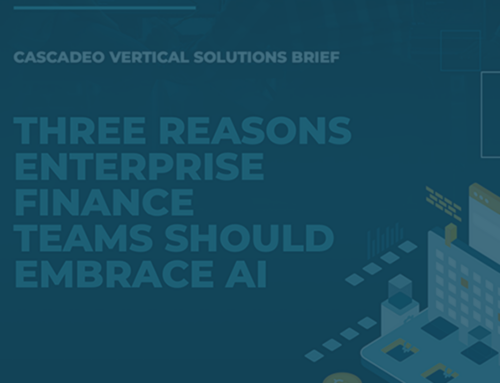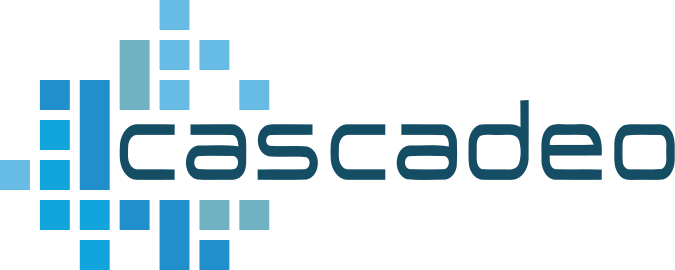
The unfortunate outcome of all the excitement around generative AI may very well be a fractured, expensive, decentralized knot of overlapping, tangled strings leading to duplicative projects and loose ends.
The Gen AI Future is Impossible to Predict, but You Need a Strategy Now
 In just over a year, many business leaders have gone from wondering what a ChatGPT is to watching as LLMs transform work across entire industries. Generative AI can streamline and improve a long list of functions from customer relations to operations via a seemingly endless number of implementations. Everyone is rushing to figure out how to put some of that power to use.
In just over a year, many business leaders have gone from wondering what a ChatGPT is to watching as LLMs transform work across entire industries. Generative AI can streamline and improve a long list of functions from customer relations to operations via a seemingly endless number of implementations. Everyone is rushing to figure out how to put some of that power to use.
It’s no mystery why. Generative AI tools present a multitude of use cases, from enhancing customer service via natural language and multilingual translation to simplifying contract drafting and communications. Deployed in a composite AI approach in combination with traditional AI/ML, it can dramatically improve data management, predictive analytics, and algorithm legibility. Further, many of the highest impact use cases are likely yet to be developed. The unfortunate outcome of all the excitement around generative AI may very well be a fractured, expensive, decentralized knot of overlapping, tangled strings leading to duplicative projects with loose ends as departments experiment with function-specific tools and emerging use cases without unified guidance from leadership.
A focused AI strategy, one the other hand, can augment small teams, narrowing the tech resource gap between mid-size companies and enterprise competitors. With gen AI tools fulfilling basic tasks like boilerplate text and code generation, your human teams are freed up to innovate, increasing both efficiency and creativity across units. But how do you formulate a strategy for emerging tech that’s notoriously difficult to predict? As always, it’s best to start from a position of knowledge. Gartner recommends beginning from internal applications before building customer-facing uses, and formulating a guiding policy at the outset.
To that end, it’s helpful to understand the range of potential implementation methods, which may help define future approaches, even if you can’t know today what specific tools will be available tomorrow. Those methods range from embedding gen AI enablements in your existing apps, which is simple but potentially inflexible, through various customizations such as embedding in specially-made apps, extending foundation models with your own data via sophisticated prompting approaches or fine-tuning foundation models, all the way through the time-consuming and costly option of building your own foundation model. Most organizations will choose from the various embedding and customization options for lack of data depth, budget, and time. That means partnering with existing LLM vendors with offerings like Amazon Bedrock, which can be a cost-effective way to harness gen AI without weaving a new data approach whole-cloth. It may also require working with a team of gen AI experts to determine your best path forward.
A number of considerations can help untangle the snarl of gen AI priorities, ideas, and opportunities your teams may be eager to pursue to form a coherent approach:
- Is your data ready for gen AI and composite AI applications?
- What are the broad AI capabilities like predictive modeling and synthetic data you can begin to engage, and adapt later to specific uses?
- Which use cases can be engaged with your current applications, such as augmenting existing chatbots, and which will require additional customization?
- How can you build in risk and cost buffers for experimentation and growth as new opportunities emerge?
- How will you balance the impossible-to-predict ROI of rapidly emerging tools with the need for clarity in budget and planning?
- How will you prioritize security and responsible approaches that minimize both inaccuracy and harm?
As best practices emerge over time, AI policymaking may become simpler and more straightforward. But the opportunities AI offers won’t wait around for everyone to figure it out. To maintain your competitive advantage, you’ll need to begin assessing your goals and capabilities and formulating a plan. Talent shortages present an additional challenge to doing so; in fact, more than half of workers surveyed feel they need gen AI training that they aren’t yet getting, and this doesn’t account for as-yet-undiscovered demand created by future developments. Given that AI expertise tends currently to be focused in the tech sector, bringing in expert service providers to assess your current capabilities, help refine your AI priorities, and create a roadmap for future opportunities may represent a wise investment while the labor force catches up to the demands created by gen AI. With your strategy in place, you can simultaneously pursue your AI goals and upskill your staff to support those endeavors, keeping your operations on pace with the competition.




